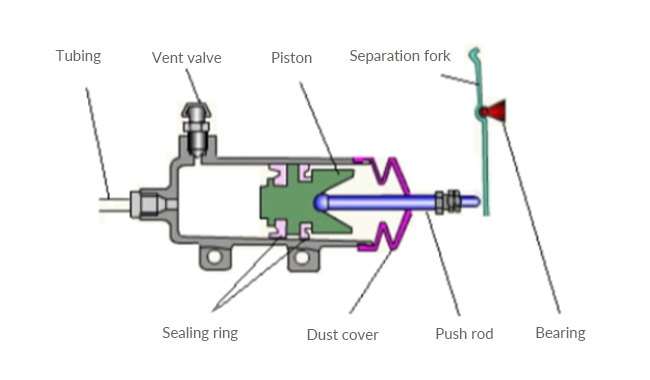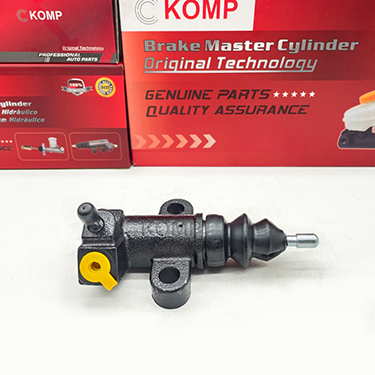The clutch system plays a crucial role in manual transmission vehicles, allowing smooth engagement and disengagement of the engine power to the transmission. Two important components within this system are the clutch master cylinder and the clutch slave cylinder. In this blog post, we will explore the relationship between these two components and their in the clutch system.
The clutch master cylinder is a hydraulic device typically located on the firewall or pedal assembly of the vehicle. Its primary function is to convert the force applied to the clutch pedal by the driver into hydraulic pressure. This hydraulic pressure is then transmitted through the clutch fluid line to the clutch slave cylinder.

The clutch slave cylinder is also a hydraulic device, usually positioned near the transmission's bell housing. Its main purpose is to use the hydraulic pressure received from the master cylinder to actuate the clutch mechanism. When hydraulic pressure is applied, the slave cylinder's piston extends, pushing against the clutch release fork and engaging or disengaging the clutch.

The clutch master cylinder and the clutch slave cylinder are connected through a hydraulic line or hose. When the driver presses the clutch pedal, it compresses the hydraulic fluid inside the master cylinder. This action generates hydraulic pressure, which travels through the clutch fluid line to the slave cylinder. The pressure exerted by the slave cylinder's piston then activates the clutch mechanism, allowing for smooth gear shifts and control over the power transfer from the engine to the transmission.
Understanding the relationship and proper functioning of these components is essential for ensuring proper clutch operation. Any issues with either the master cylinder or the slave cylinder, such as fluid leaks or component failure, can lead to clutch problems, such as difficulty in shifting gears or a slipping clutch.

